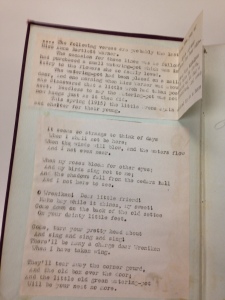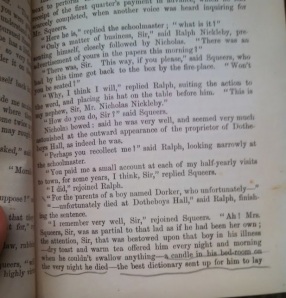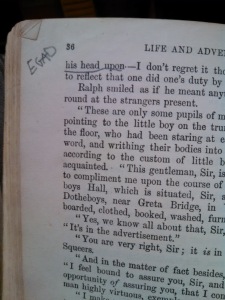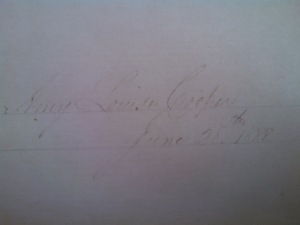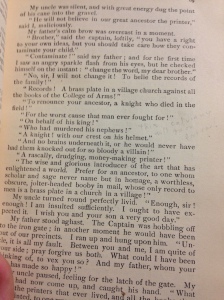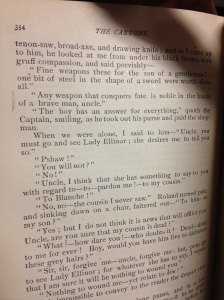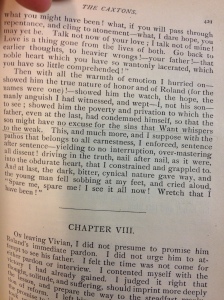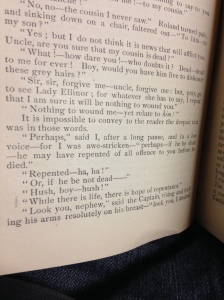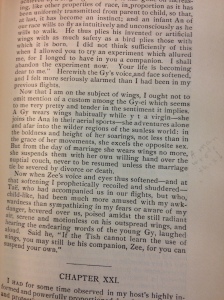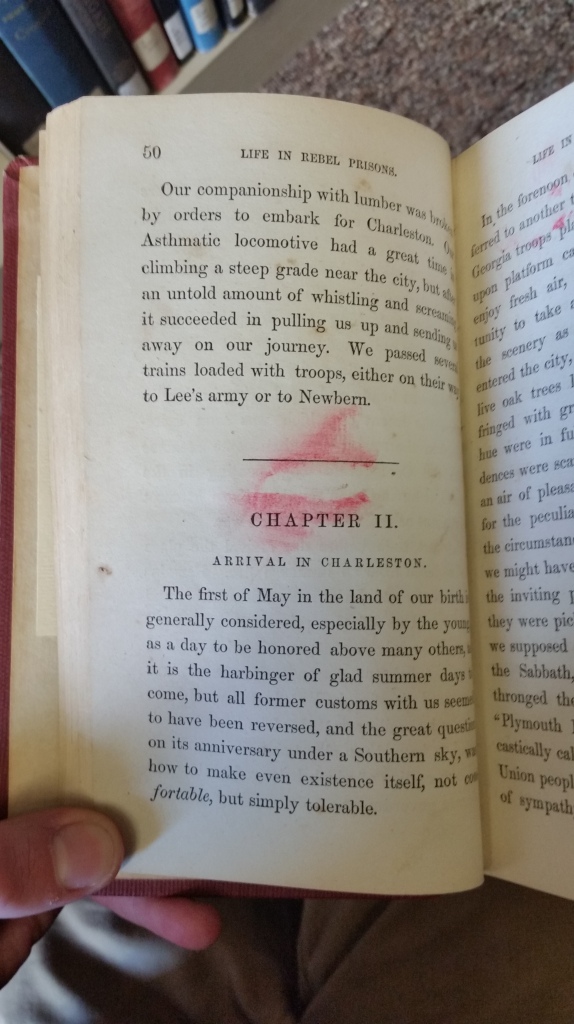
The book, The Life and Death in Rebel Prisons by Robert Kellogg, published in 1865, contains an imprisoned marking within the binding. Etched into the fabrics of the page are a pair of red lip stick markings. A kiss goodbye, or a kiss hello?
A kiss goodbye to the man on their way to Lee’s army or a kiss hello to the man who safely arrived to Newbern. A kiss goodbye to someone fallen at the hands of Lee in battle. A kiss hello, to the death and demise of the village of Newbern; a kiss goodbye to the village itself. A kiss hello to welcome the men of Charleston. A kiss hello to the anniversary of our nation, to the harbinger summer and the bright Southern sky. Did a woman fall in love with a man who arrived in Charleston? Did she lose him on the journey there. Did she lose him in the prison, Andersonville. Was the last time she saw the man she loved before he was captured–before he was killed? Did a man carry these lips within the binding of his hands as he wept alone in prison. Did he lose it on the way? Is it a kiss goodbye to those southern days, those summer celebrations, the last of what was left. Was it a kiss hello to the arrival of something fresh and new? The lip prints evoke many questions as to their origins. A kiss of death or a kiss of love? If anyone knows the woman who owns these lips, ask them why they pressed this print.
Check out the post on Book Traces! http://www.booktraces.org/book-submission-life-and-death-in-rebel-prisons/
